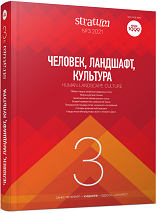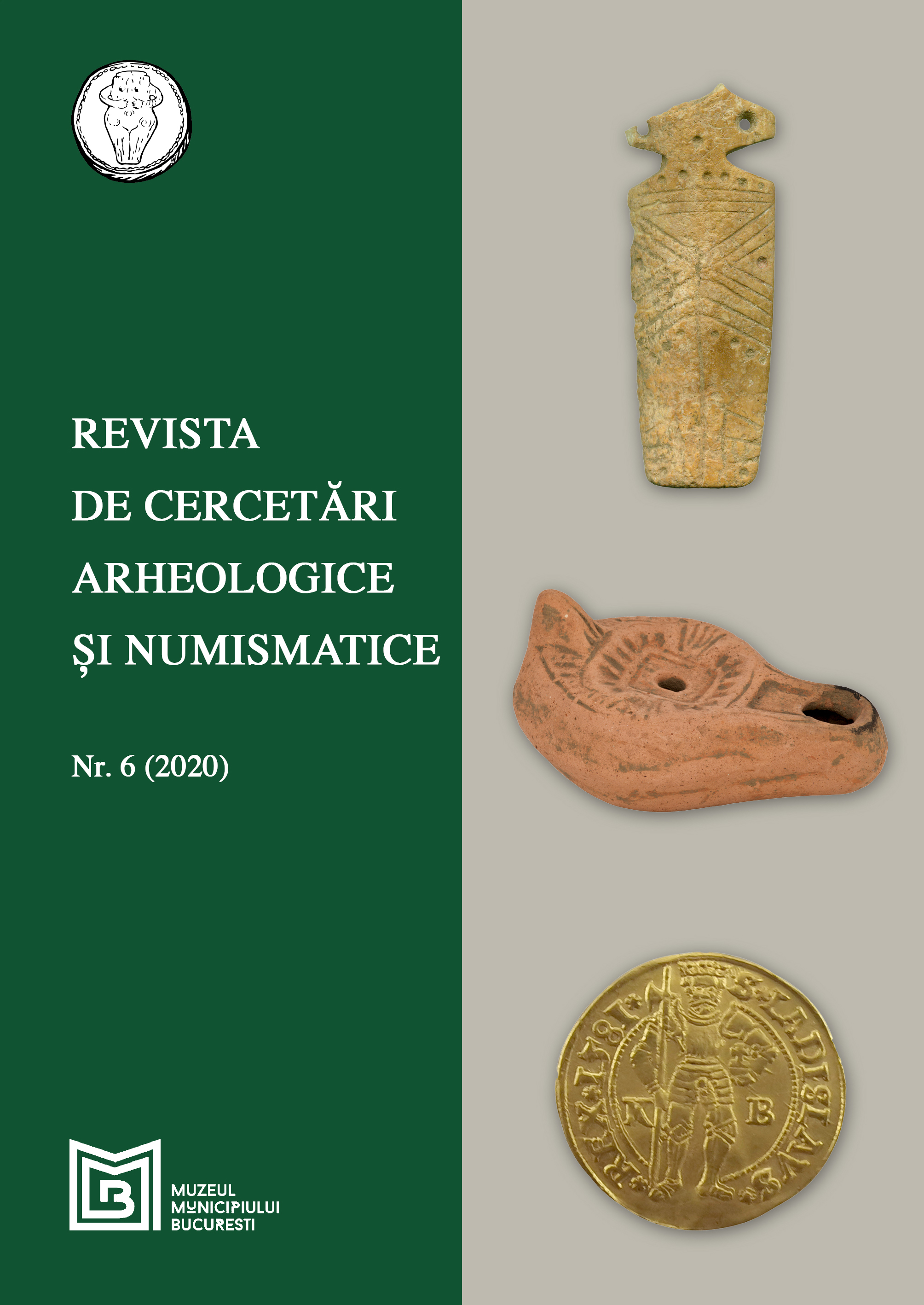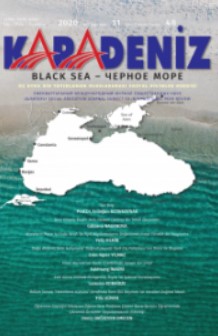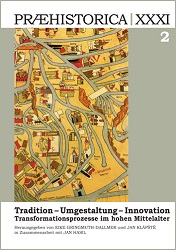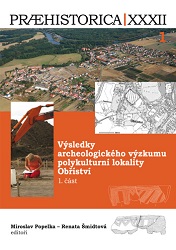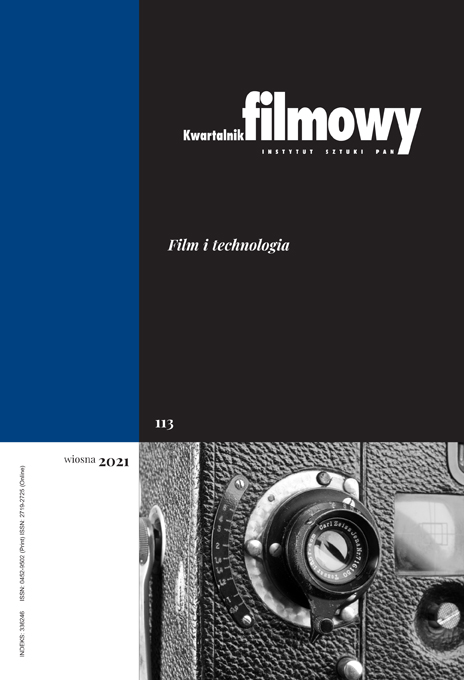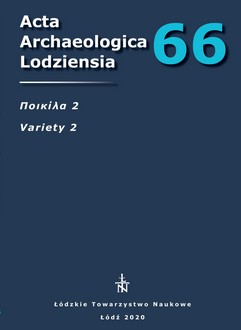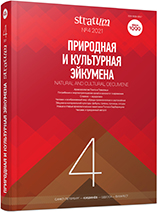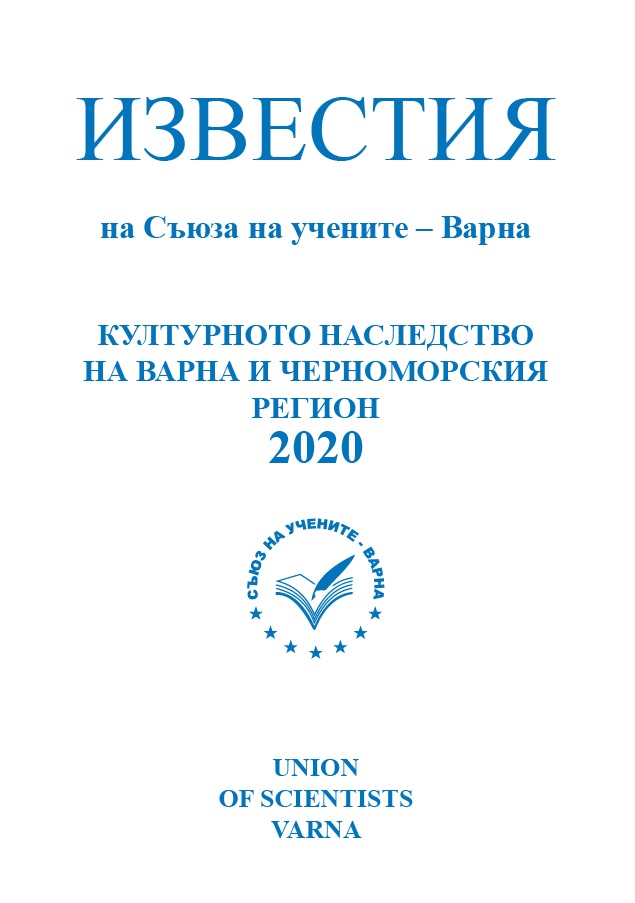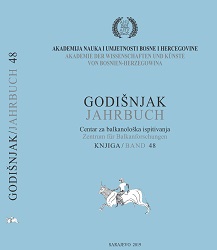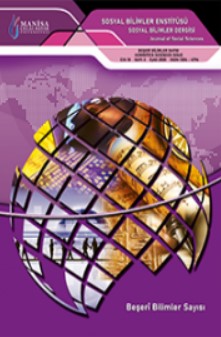
Epigrafik Belgeler ve Antik Edebi Eserler Işığında Magnesia ad Sipylum
Magnesia ad Sipylum is a Lydian City established on the northern foothills of Mount Sipylos (Spil/Manisa), within the borders of the modern Province of Manisa. Topographically, the city overlooks the fertile Gediz Plain irrigated by the Hermos (Gediz) River. Its location on the intersection of ancient itineraries gives the city commercial and strategic importance. Magnesia, located about 32 km northeast of Smyrna (Izmir), has had good relations with this neighboring city. This relation is also documented by an epigraphic inscription which contains the decree of sympoliteia between the two cities, dated to 243 BC. A few archaeological remains and epigraphic documents have survived from the ancient city. Further the information of the city is acquired by the accounts of ancient writers. This study aims to present current information on Magnesia ad Sipylum in terms of historical-geography and socio-cultural aspects within the possibilities provided by epigraphic documents and ancient literary works.
More...
